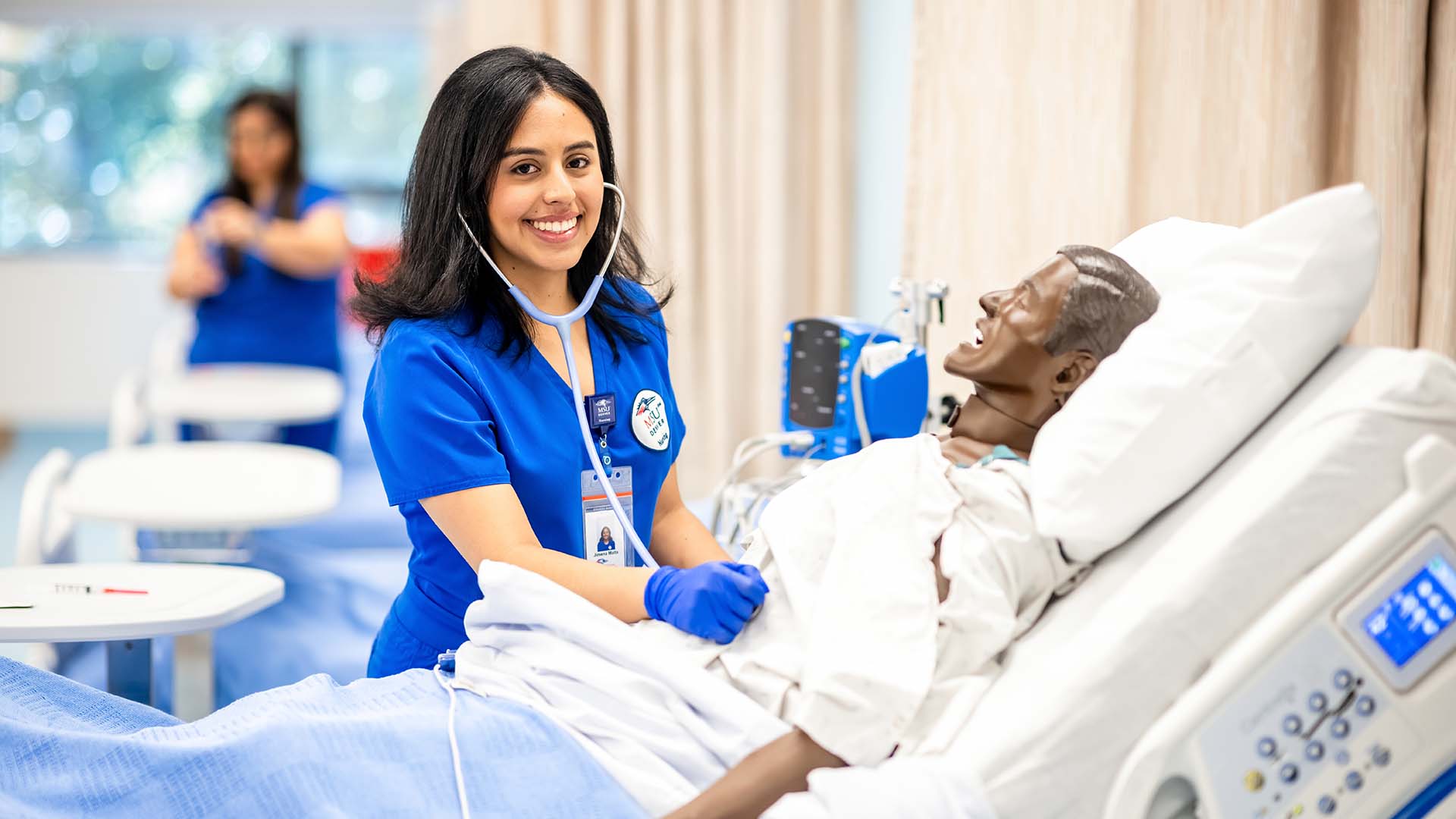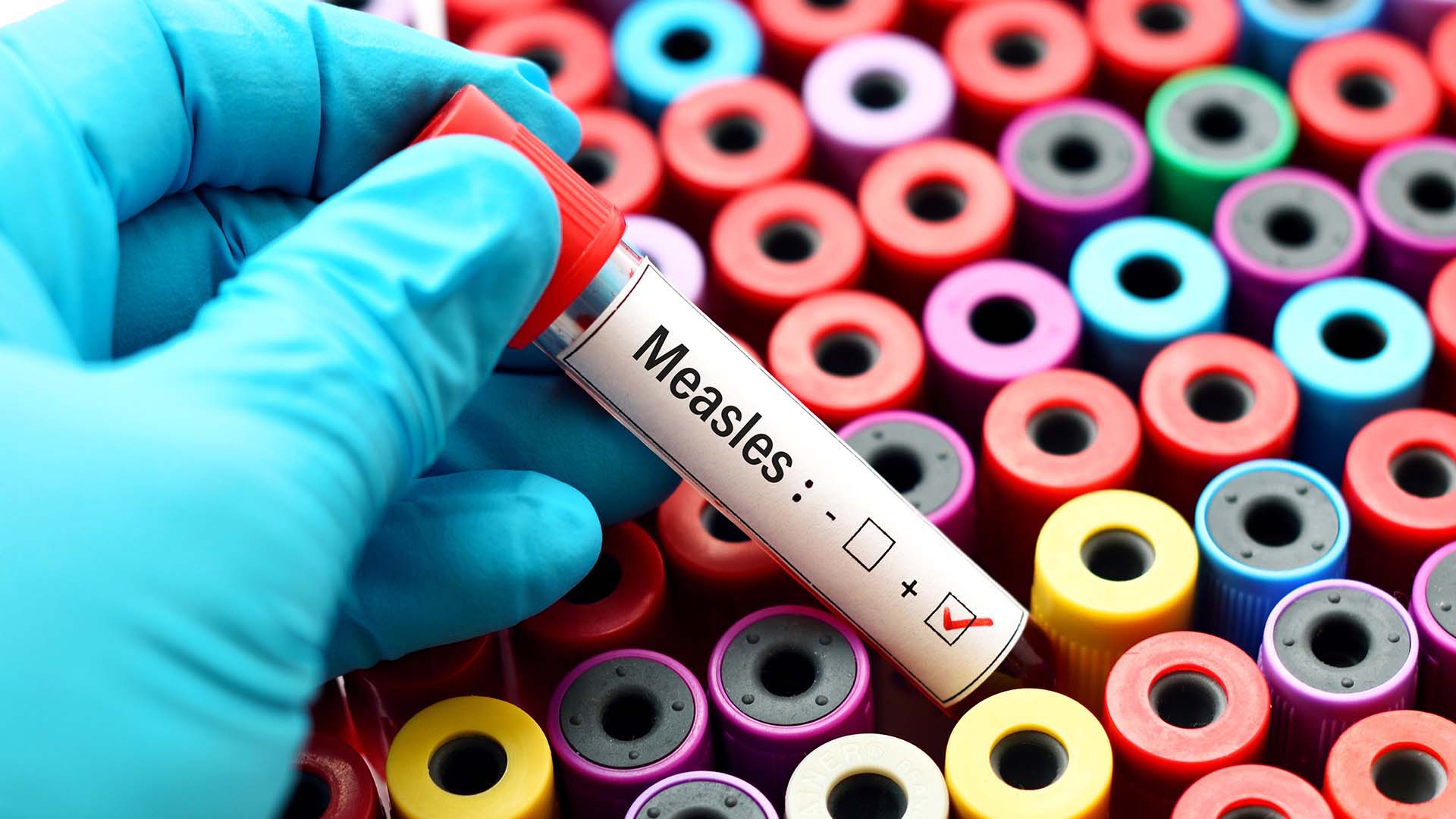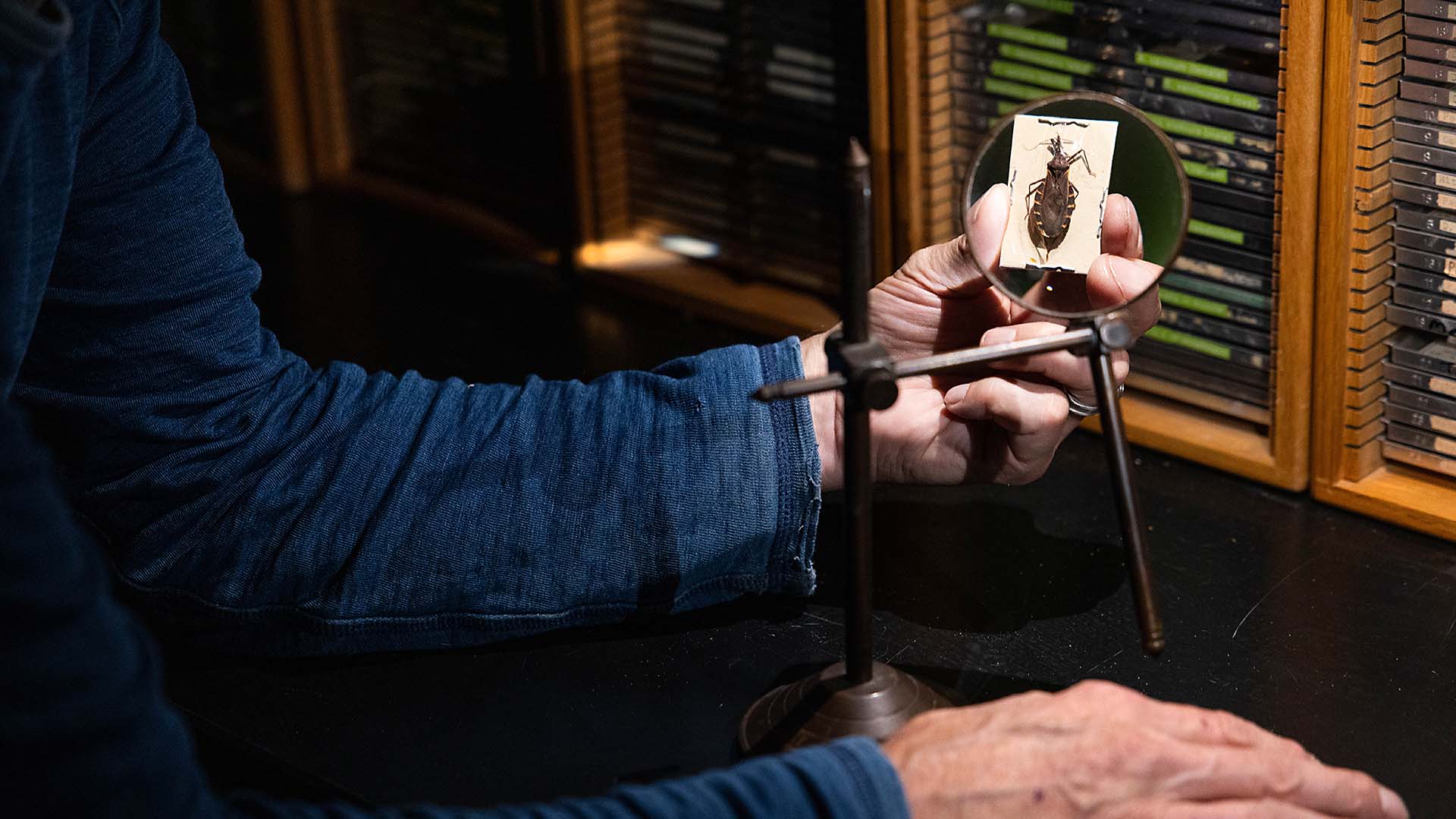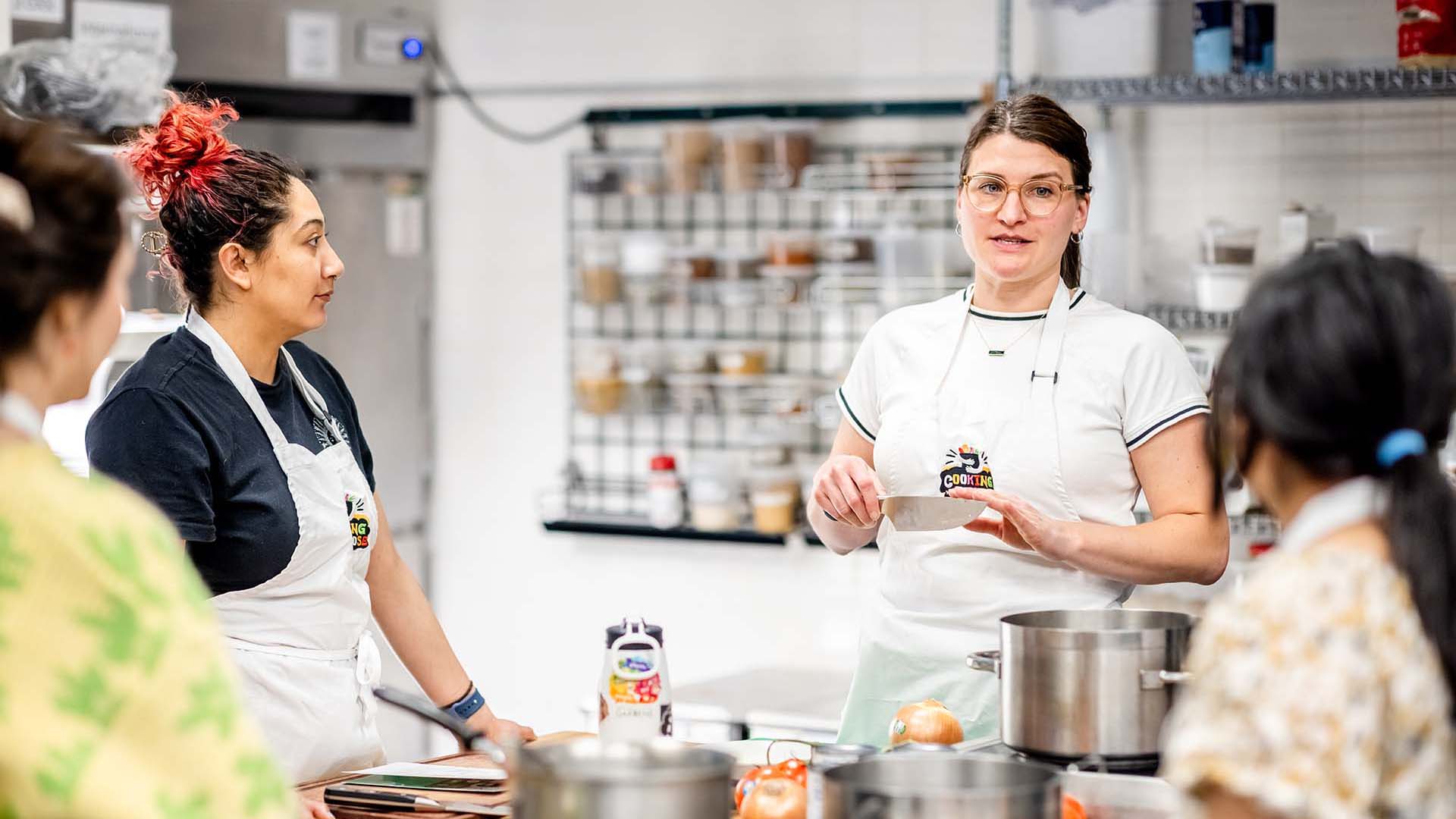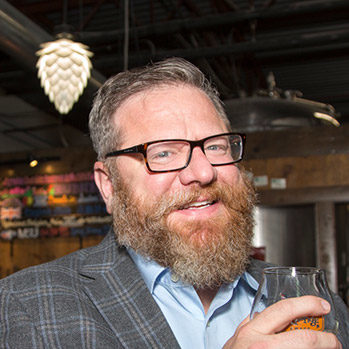Veterans share strength to stem suicide crisis
As the COVID-19 pandemic increases stress and anxiety in active-military and veteran populations, peers connect to pave a path toward mental-health awareness.
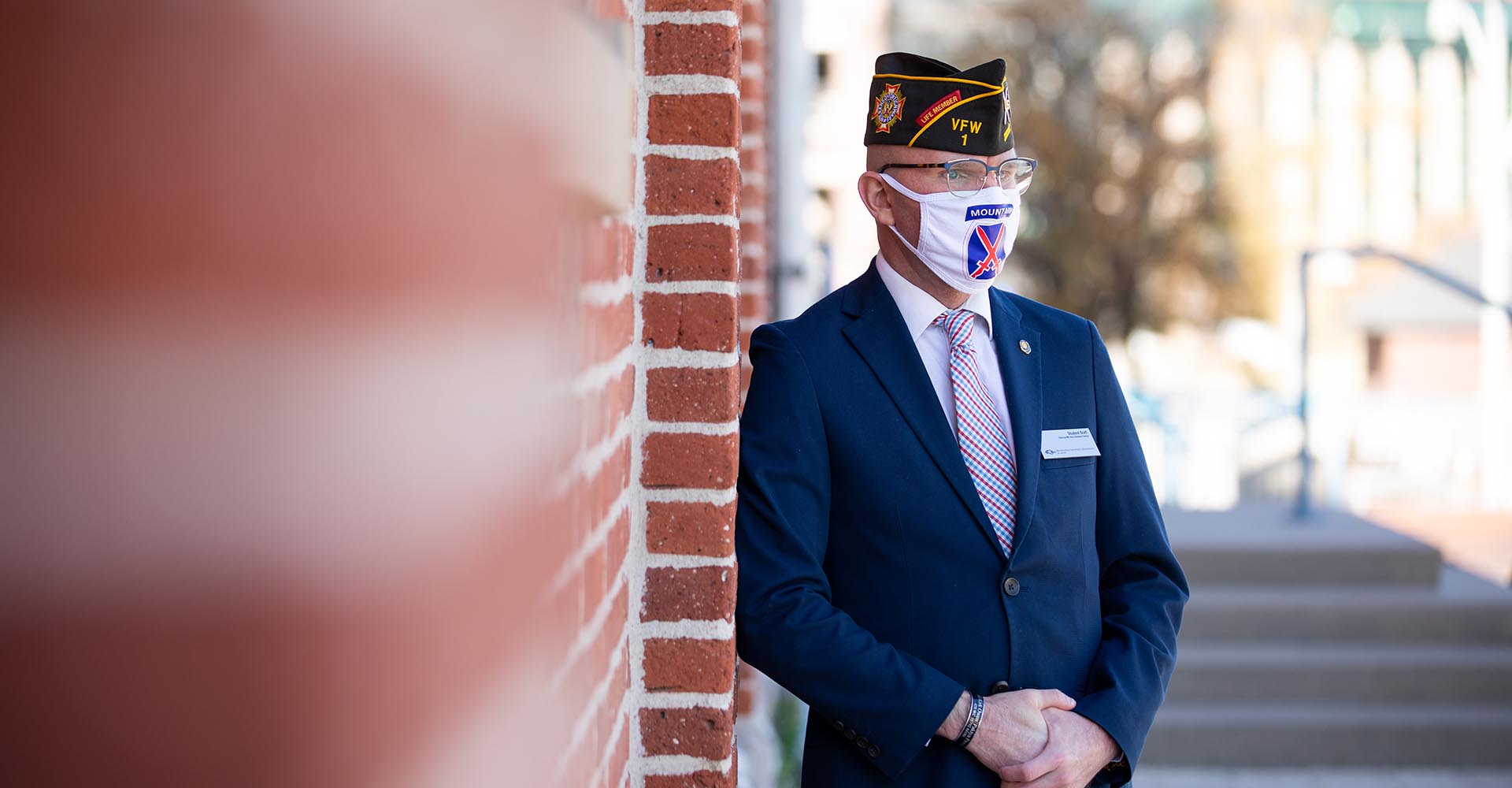
The rate of suicide among active military populations hit its highest rate on record in 2019, and U.S. military officials and veterans fear that the COVID-19 pandemic could cause that rate to increase in active and veteran populations in 2020.
Deaths by suicide among active military have increased 20% in 2020 compared with the same period in 2019, the Associated Press reported Sept. 27. Military officials told AP that while the 2020 data is incomplete, they believe the pandemic is adding stress to an already-strained force.
COVID-19 is shining a light on the underlying issues veterans face that the country has been unable to fix, including a stigma attached to asking for help, said veterans working in Metropolitan State University of Denver’s Peer Advisors for Veteran Education program.

“I see the stigma of asking for help every day,” said Brandon, 37, an MSU Denver journalism major advising 36 student veterans through PAVE. He requested that his last name be withheld due to the sensitive nature of his work with the organization.
Since the onset of the pandemic, MSU Denver’s Veteran and Military Student Services Office has seen an increase in demand for services related to basic-needs security, indicating that student veterans are indeed experiencing increased stress and anxiety, said Director Rita Case. The University’s Veteran’s Student Emergency Fund administered under the umbrella of the Student Emergency Fund, addresses student-veteran needs on a case-by-case basis. But the requests underscore the importance of her office’s advocacy operations such as PAVE and Buddy Check 22, a wellness check-in phone tree conducted the 22nd of each month.
“Right now, we’re doing everything we can to keep people connected virtually,” she said. “So much of that is vet-to-vet, and beyond – it’s about looking out for others.”
PAVE advisor Sophia Lind, 32, takes part in proactive outreach campaigns to see how her fellow veteran students are doing. And though her outreach is ostensibly to check on specific courses or grades, much of her work involves creating a space for others and reminding them they’re not alone.
Raise a glass – and fundsTivoli Brewing Co. is supporting the Veteran and Military Student Education Fund through the release of a barrel-aged JP-8 Russian imperial stout. Named for a type of jet fuel used in the military, it’s the third installment of the release raising funds for student veterans. The barrel-aged JP-8 release will be released Nov. 12 from 5-8 p.m. at the Tivoli taproom. 21+ only; limit of three 10-ounce pours. Please adhere to all posted safety signage.
|
|
“So much of the military, across all branches, is shaped around this concept of ‘team,’” said the 2009 criminal-justice alum and current Master of Social Work student. “You’re trained from your first day of service to rely on those to the left of you and to the right of you – that doesn’t go away.”
It’s an exercise in trust-building that Brandon knows well. Deployed to Baghdad in 2008, he started out in heavy weapons and moved to light infantry, later moving to a scout-sniper platoon. Today, he credits the prestigious position for lending a legitimacy and opportunity to have difficult – and crucial – conversations.
For the Roadrunner who has buried 37 of his fellow veterans lost to suicide, the mission couldn’t be more critical.
Data released by the Department of Defense on Oct. 1 showed that suicide rates among active-duty military personnel rose from 20.2 deaths per 100,000 in 2015 to 25.9 in 2019, their highest level for a full year since the Pentagon began tracking suicide data in 2000.
The U.S. Department of Veterans Affairs, meanwhile, has declined to release the latest data on veteran suicides. But the 2019 National Veteran Suicide Prevention Annual Report showed that on average, 20 veterans and members of the U.S. National Guard and Reserve died by suicide every day in 2017.

“My story as an injured veteran helps open the door,” Brandon said. “We’re taught as leaders that we promote others – that we prop them up and help them be better. That’s where we can show our true signs of strength.
“I can stand in front of other vets and say, ‘I’ve dealt with mental-health issues. Now, I’m gonna guide you through the BS you’re going through, too.’”

